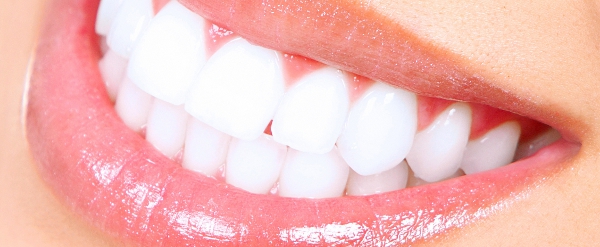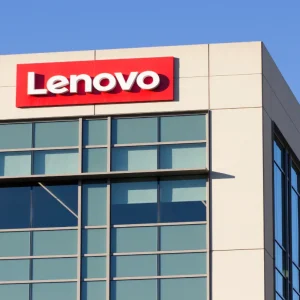
A 3D oral scanner is helping dentists go digital, thanks to MIT professor Douglas Hart.
The handheld scanner digitally captures 3D images inside patients’ mouths, allowing fast realtime digital dental impressions.
It provides a more accurate alternative to using the traditional dental impressions where patients bite down on a moldable silicone material: a process that is messy and uncomfortable for the patient.
The scanner has been commercialised and sold to multinational conglomerate 3M, after being developed by Brontes Technologies, a startup co-founded by Prof Hart, along with former MIT postdoc János Rohály and two Harvard Business School graduates.
In 2008, 3M launched the team’s invention, dubbed the Lava Chairside Oral Scanner (or Lava COS), which has now been sold to thousands of dentists worldwide. Last year, 3M announced that the scanner had surpassed 100,000 clinical uses.
The core of the Lava COS technology originated in the early 2000s, when Hart was working on seeding fluids with particles and scanning them at high speeds with a pulsing laser — a process known as particle imaging velocimetry.
The technology was then developed thanks to a grant from the Industrial Technology Research Institute (ITRI) in Taiwan. The 3D scanner uses a single camera lens and a times rotating aperture to capture images with hardware programmed with image-processing algorithms and modeling software.
"That started a whole new way of thinking about imaging," says Hart, a professor of mechanical engineering. "You’re not just using a camera passively, it’s an interaction between the camera and software talking to each other. I was so convinced this was a great idea, I dropped the contract from ITRI and refocused."
Today, the Lava COS — newly labelled as the 3M True Definition Scanner — features a "wand," about the shape and size of an electric toothbrush. Dentists maneuver the wand around the inside of a patient’s mouth, like a handpiece; the wand takes dozens of photos of the teeth and feeds the 3D data, in realtime, to a touch screen for the dentists’ use.
According to 3M, it enhances the speed, ease and accuracy of dental impressions that are used to design and produce various types of dental restorations.






